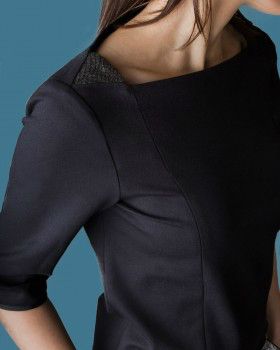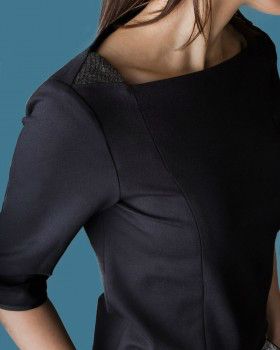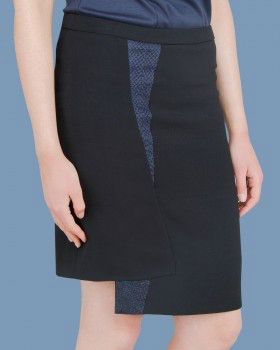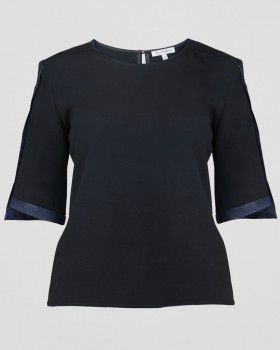Would You Wear Fish Leather?
Yes, you read that right. Fish skin, fish leather – call it what you will – eco fashion brand, Rose & Willard, can’t get enough of it. Founder Heidy Rehman tells us why

Yes, you read that right. Fish skin, fish leather – call it what you will – eco fashion brand, Rose & Willard, can’t get enough of it. Founder Heidy Rehman tells us why

So, seriously - fish leather? HR: It’s a remarkable material that’s supple and malleable in the same way many fabrics are, yet it’s strong and durable. The cod and salmon we use each have beautiful textures. The cod has a slight shine to its finish while the salmon feels like suede. Both come in a wide range of colours and finishes. Some (the non-metallic salmon versions) are hand washable too. But doesn’t it smell? HR: Fish leather as with hide leather has a smell. However it’s not unpleasant or ‘fishy’, and it’s only apparent at very close range. It’s more a sort of gritty smell. But why would I want to wear it instead of leather? I mean, fish are still being killed, right? HR: It’s beautiful, distinct and similar to snake skin. We wouldn’t argue that it’s better than leather, rather it’s a different sort of leather with properties that make it more versatile (more malleable, great texture and washability). It makes a very interesting option for mixed fabric pieces. Given its size (approx 5-6cm x 8-10cm for salmon while cod is larger) it works well for unusual panels and trims. As for the ethics, our supplier sources skins that are exclusively a by-product of the food industry and would otherwise be thrown away. There are other suppliers out there who use endangered species. We haven’t and won’t subscribe to any of these.

But as well as salmon you’re using cod. I thought cod wasn't sustainable? HR: It’s Icelandic cod and the Marine Conservation Society says it’s at “sustainable or healthy levels and is being harvested sustainably”. The harvest rate of 20% was set by the government in 2009 and has resulted in an increase in Icelandic cod stock – higher now than it has been for the last four decades. Okay, but it’s still pricey. Why? HR: It’s about the availability of skins and the subsequent processes to transform them into the finished product. Because they are from sustainable fisheries, our skins are more expensive. We could buy cheaper fish leather, but then it wouldn’t be ethically sourced. Where did you get this crazy idea? HR: We had an Icelandic designer with us briefly who had used fish leather in her graduate portfolio. It introduced us to a world of ideas.

What did you do before this? HR: I was a stockbroker in the City, a job I’d done for almost 14 years. I’d reached a pinnacle in my role and was facing a career crossroads, but was also really frustrated by the lack of real choice for a working woman’s wardrobe. So I gave up my career in the City to make them myself. Where is your collection sold? HR: At the moment, exclusively on our site www.roseandwillard.com But we’re looking forward to the day we open our first store.
.
Marie Claire Newsletter
Celebrity news, beauty, fashion advice, and fascinating features, delivered straight to your inbox!
The leading destination for fashion, beauty, shopping and finger-on-the-pulse views on the latest issues. Marie Claire's travel content helps you delight in discovering new destinations around the globe, offering a unique – and sometimes unchartered – travel experience. From new hotel openings to the destinations tipped to take over our travel calendars, this iconic name has it covered.
-
 A rare interview with a former royal aide about working for the Mountbatten-Windsors is going viral
A rare interview with a former royal aide about working for the Mountbatten-Windsors is going viralBy Jenny Proudfoot
-
 Fans are convinced that Lily Collins just dropped a major clue about Emily in Paris season 4
Fans are convinced that Lily Collins just dropped a major clue about Emily in Paris season 4By Jenny Proudfoot
-
 Prince William's hilarious words about singing with Taylor Swift are going viral
Prince William's hilarious words about singing with Taylor Swift are going viralBy Jenny Proudfoot